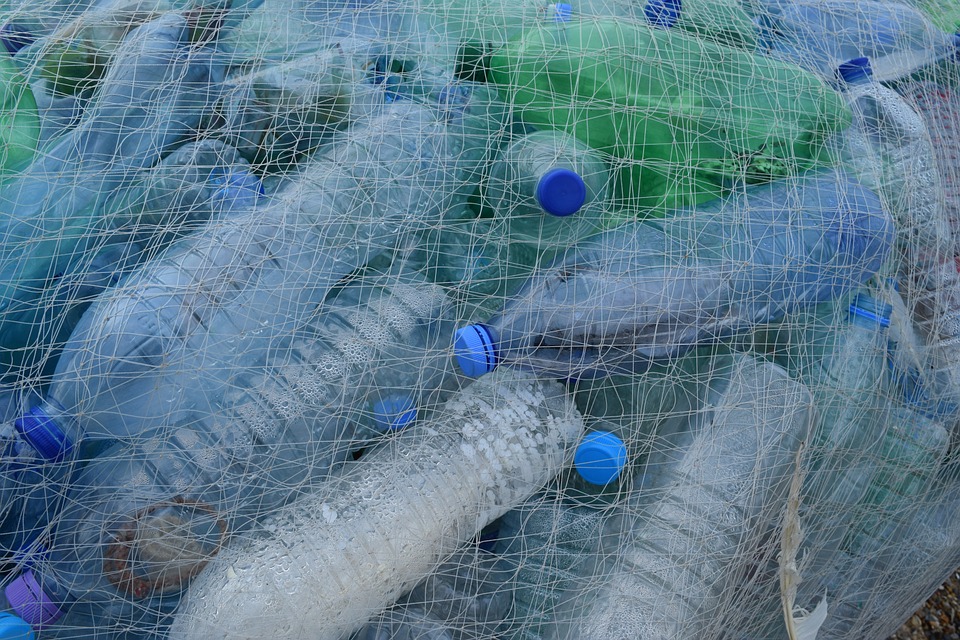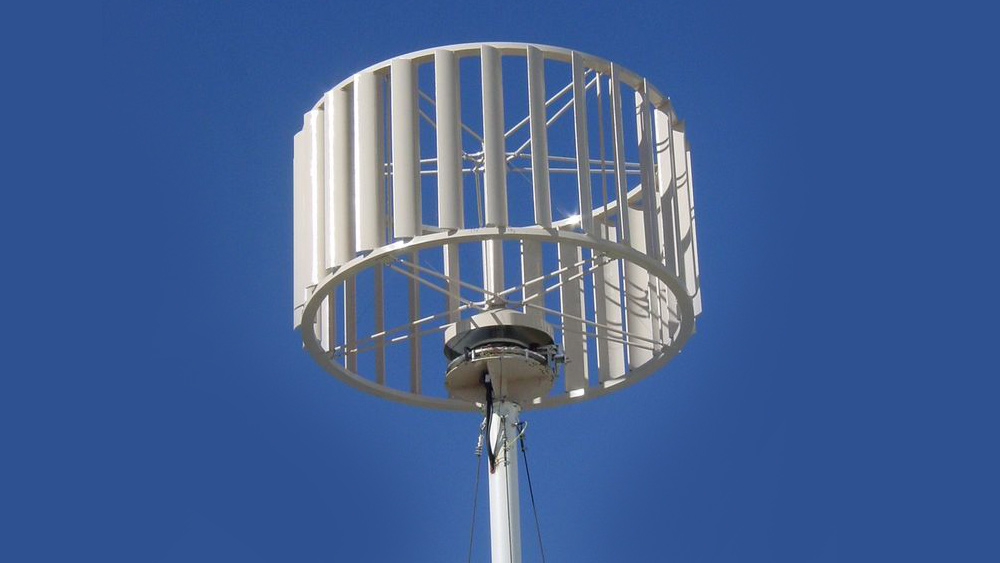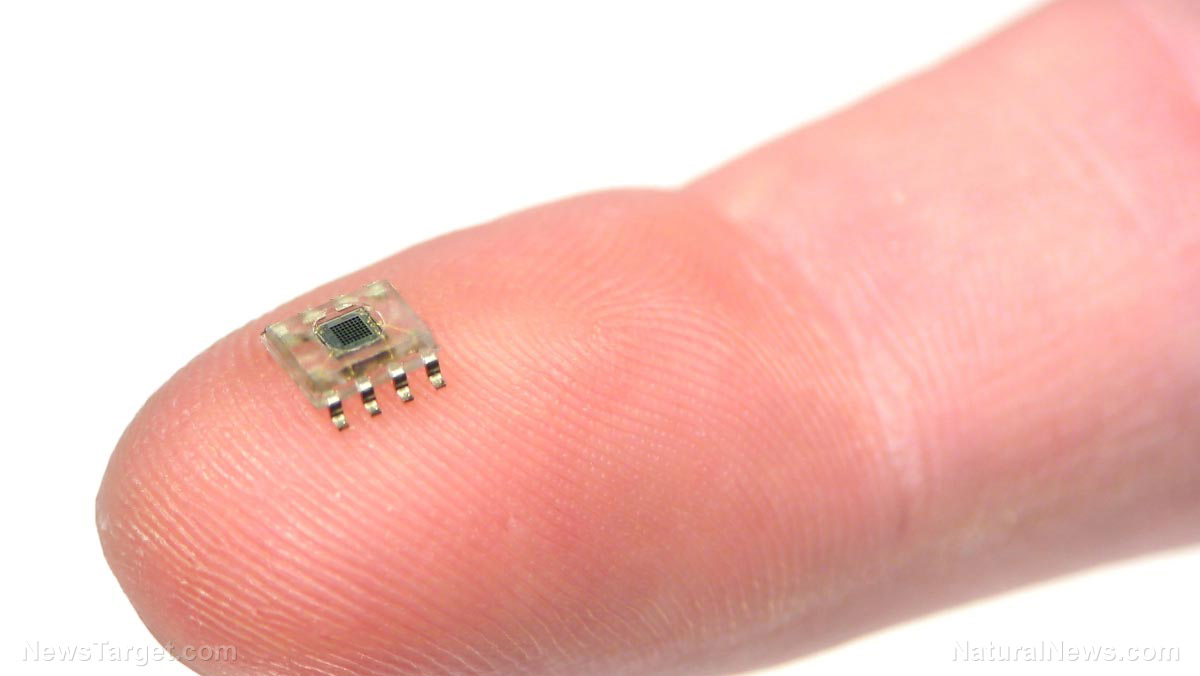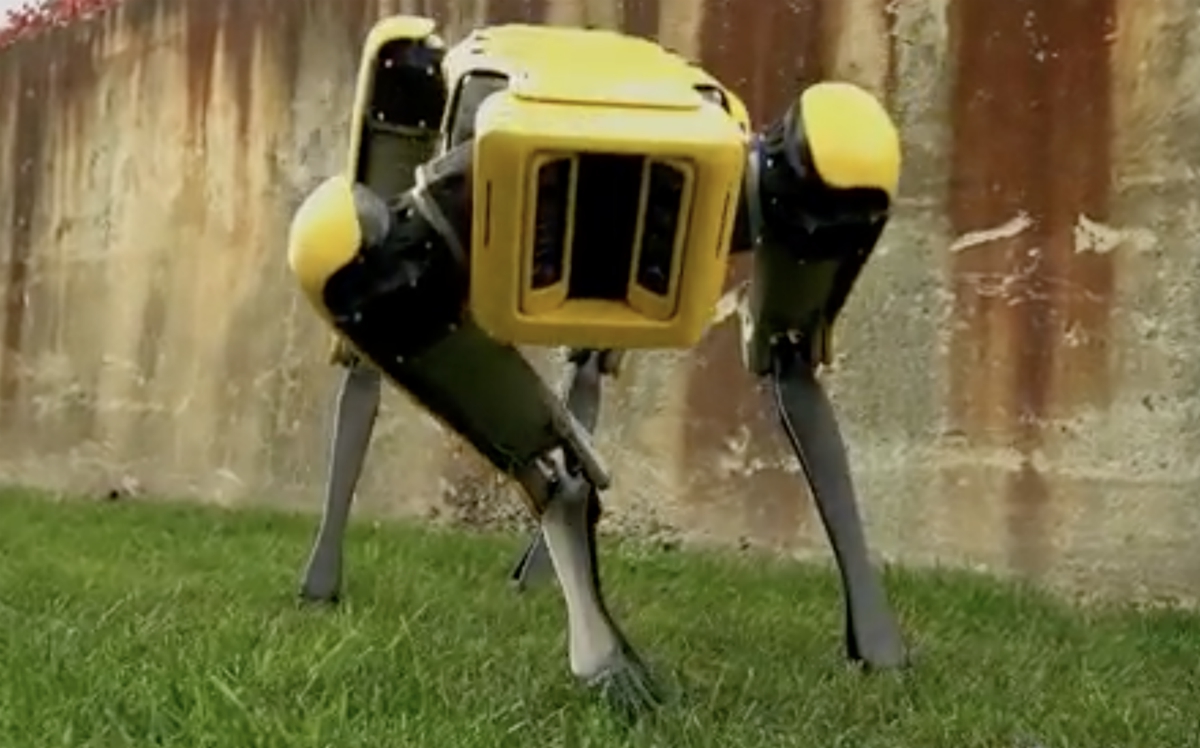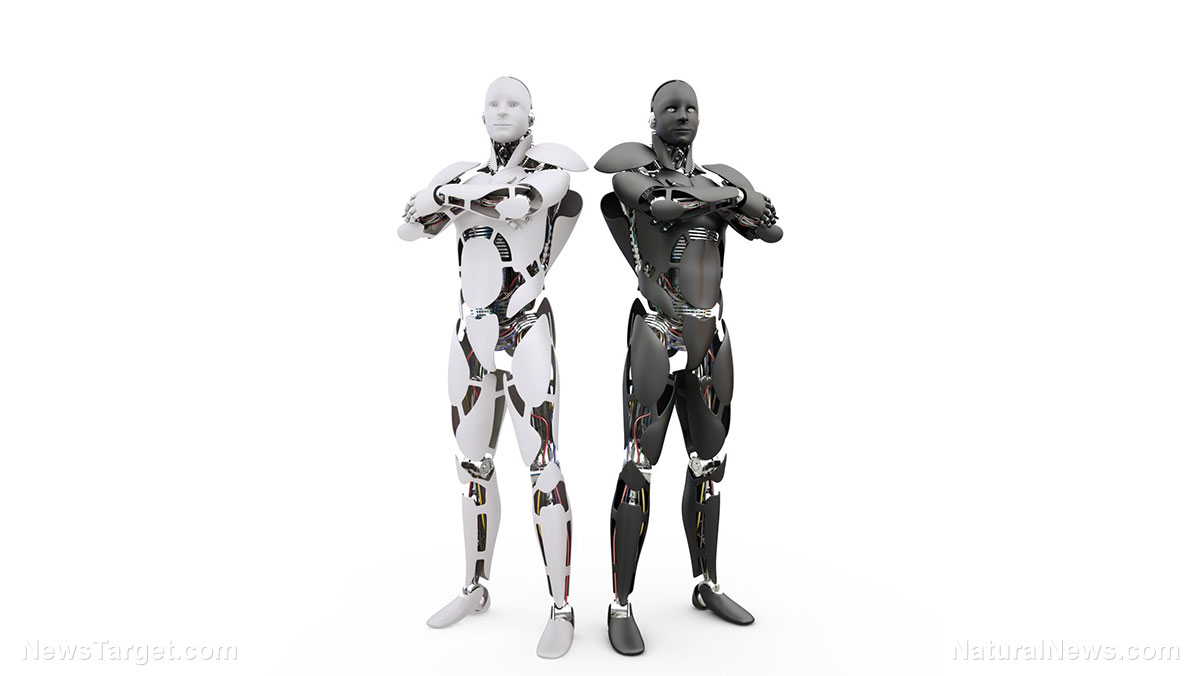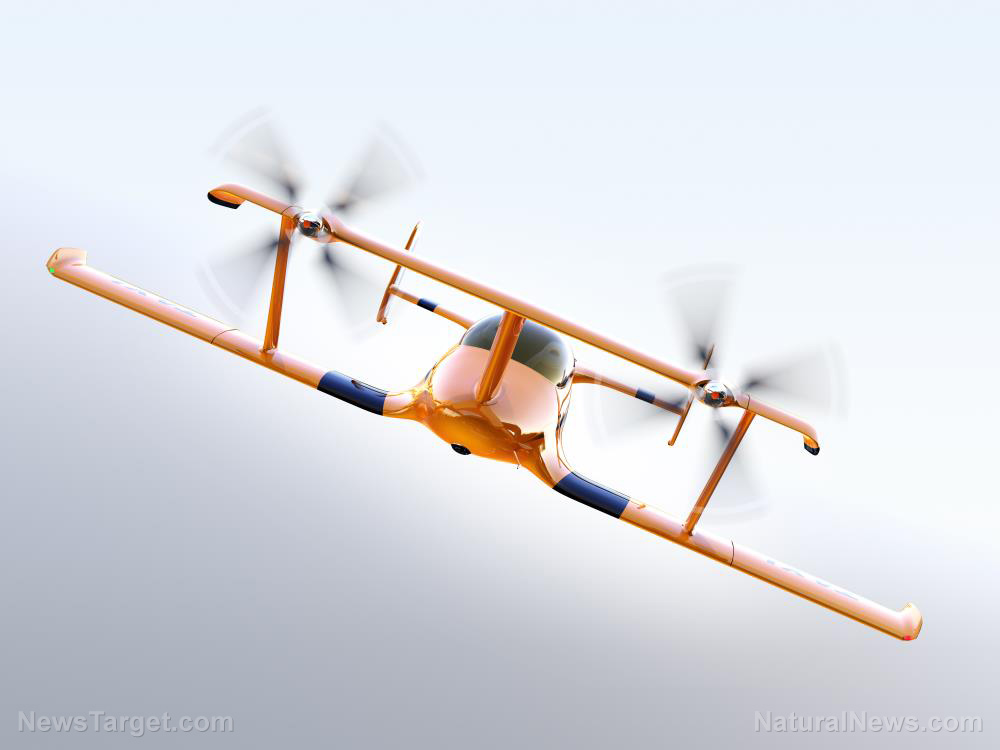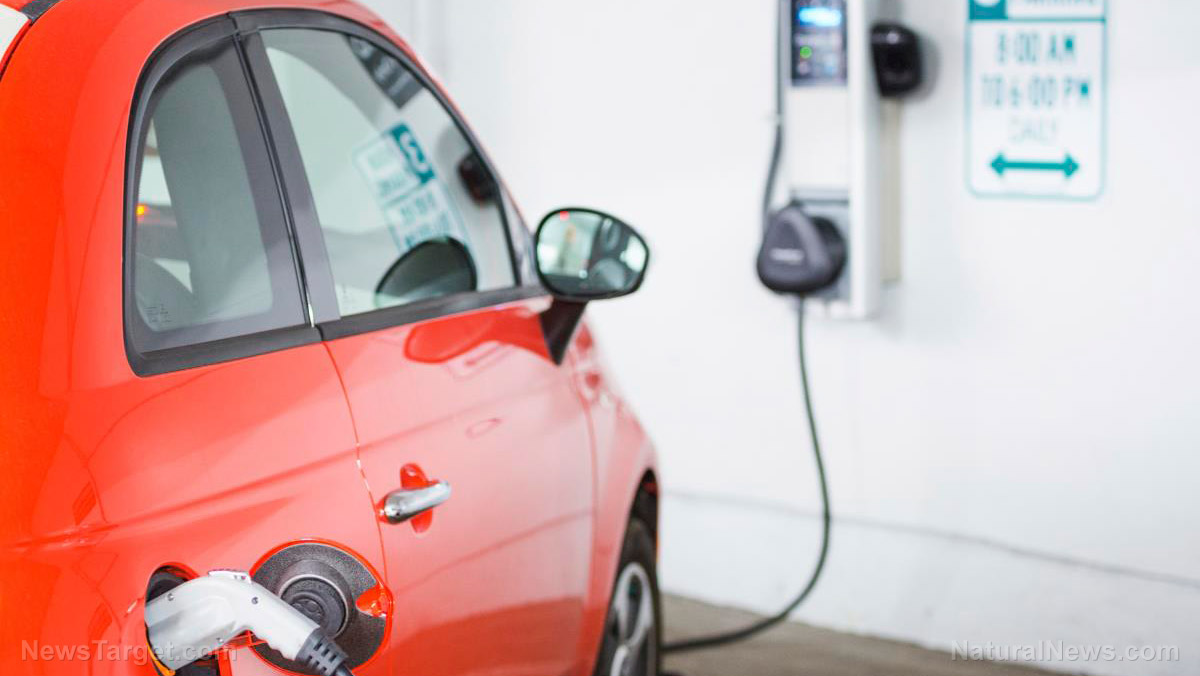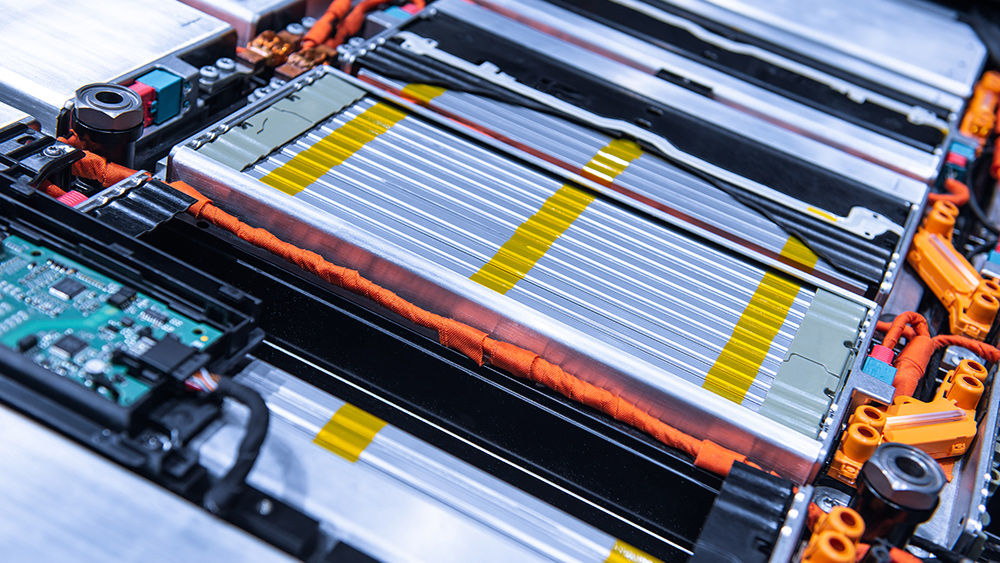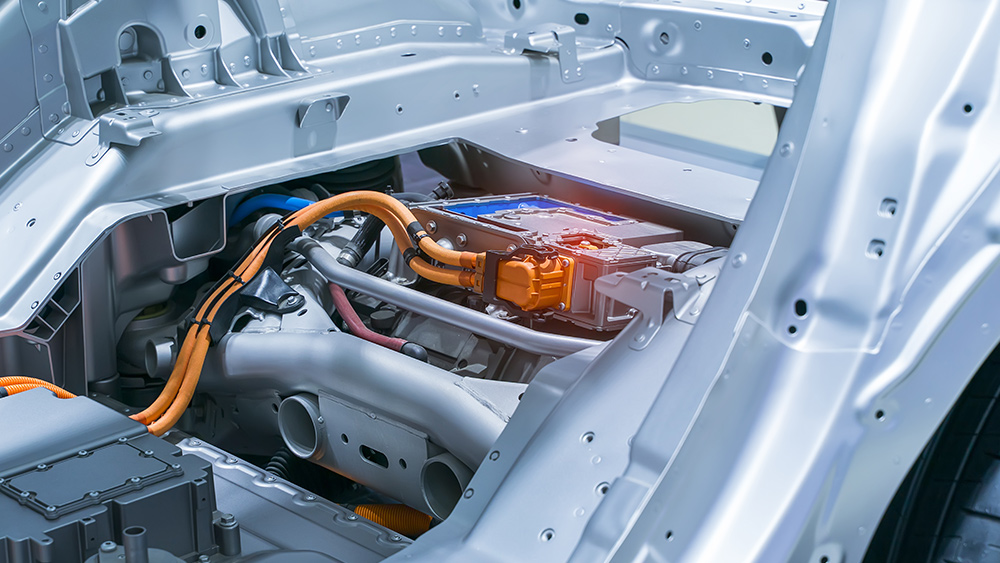ESA to build garbage-collecting robot that cleans up space by hugging space debris and crashing
03/09/2021 / By Joven Gray
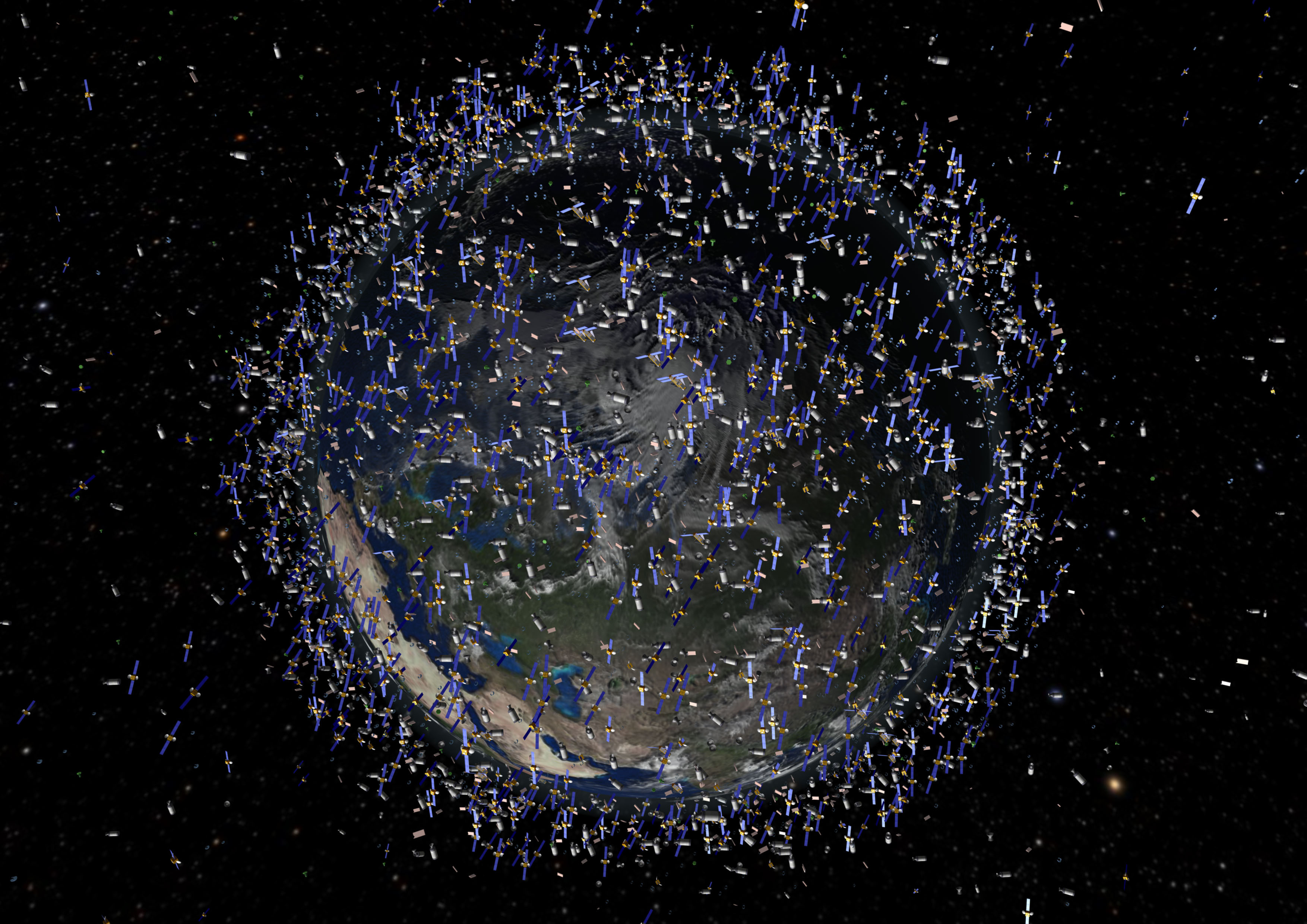
The European Space Agency (ESA) is set to launch a million-dollar mission in an attempt to lessen space debris floating in low Earth orbit.
The project, named ClearSpace-1, will launch an experimental four-armed robot to the low Earth orbit that will attempt to collect a piece of space debris. The mission, which is set to launch in 2025, is estimated to cost around $133 million.
According to the ESA, the first target of the ClearSpace-1 mission is Vespa, a piece of debris that came from the ESA’s Vega launcher in 2013. The Vespa only weighs around 100 kilograms, making it a perfect first mission for the project.
The garbage-collecting robot is designed to hug its target and then drag it as it dives into the atmosphere, which will burn up both the robot and the debris.
Although the costly project can only take out one piece of space junk per robot, the ESA believes that this would help clear up debris from low Earth orbit and encourage other nations to start innovating ways to reduce space debris.
“The space debris issue is more pressing than ever before. Today, we have nearly 2,000 live satellites in space and more than 3,000 failed ones. And in the coming years, the number of satellites will increase by an order of magnitude, with multiple mega-constellations made up of hundreds or even thousands of satellites planned for low Earth orbit,” said Luc Piguet, CEO of ClearSpace which is the ESA’s partner on the mission.
Prior to coming up with the ClearSpace-1 mission, the ESA had already attempted a clean-up mission called e.Deorbit. The mission was to remove Envisat — a defunct satellite of the ESA that weighed eight tons. But the project was unsuccessful even after 10 years.
Space debris is becoming a big problem
According to the National Aeronautics and Space Agency (NASA), there are millions of pieces of space junk in low Earth orbit, each moving at speeds that can reach up to 18,000 miles per hour. This junk comes from pieces of spacecraft, rocket parts, defunct satellites and debris from collisions between other objects in space. The agency added that the low Earth orbit is currently viewed as the largest garbage dump in the world, with over 6,000 tons of different materials.
Some of the biggest events in space that have contributed to the buildup of space junk include the destruction of China’s Fengyun-1C spacecraft in 2007 and the collision of an American and Russian spacecraft in 2009. According to NASA, those events increased the amount of space debris by approximately 70 percent. In addition, the debris from the destruction of the Chinese spacecraft heavily damaged a Russian satellite in 2013.
The presence of space debris or space junks poses a threat to future space exploration, as these may collide with spacecraft and satellites. With the speed that the debris is traveling, even one small piece can cause significant damage to important objects in the low Earth orbit, including the International Space Station.
Space cleanup is a responsibility of space-faring nations
According to NASA, there are currently no international laws that govern space debris, nor are there laws that hold the countries responsible for the debris accountable. As such, the agency is calling on space-faring countries to take responsibility for any debris created by their space missions.
In 1979, the agency launched the NASA Orbital Debris Program, which was aimed at lessening orbital debris and advocated the invention of equipment that can act as space cleaners.
Meanwhile, in 2018, a Chinese study proposed firing lasers at space debris. The researchers found out that an orbiting laser with roughly the same orbit as the debris it was targeting would be effective at removing it.
The Japanese Aerospace Exploration Agency, on the other hand, is proposing the use of an electrodynamic tether, which uses current to slow down the speed of space debris. Slowing debris down would cause it to leave orbital velocity and fall back to Earth to burn up in the atmosphere.
Visit Space.news to learn more about recent developments on space missions.
Sources Include:
Tagged Under: ESA, future science, future tech, garbage-collecting robot, NASA, research, robotics, Space, space cleanup, space debris, space expolorations, space missions
RECENT NEWS & ARTICLES
COPYRIGHT © 2017 INVENTIONS NEWS

